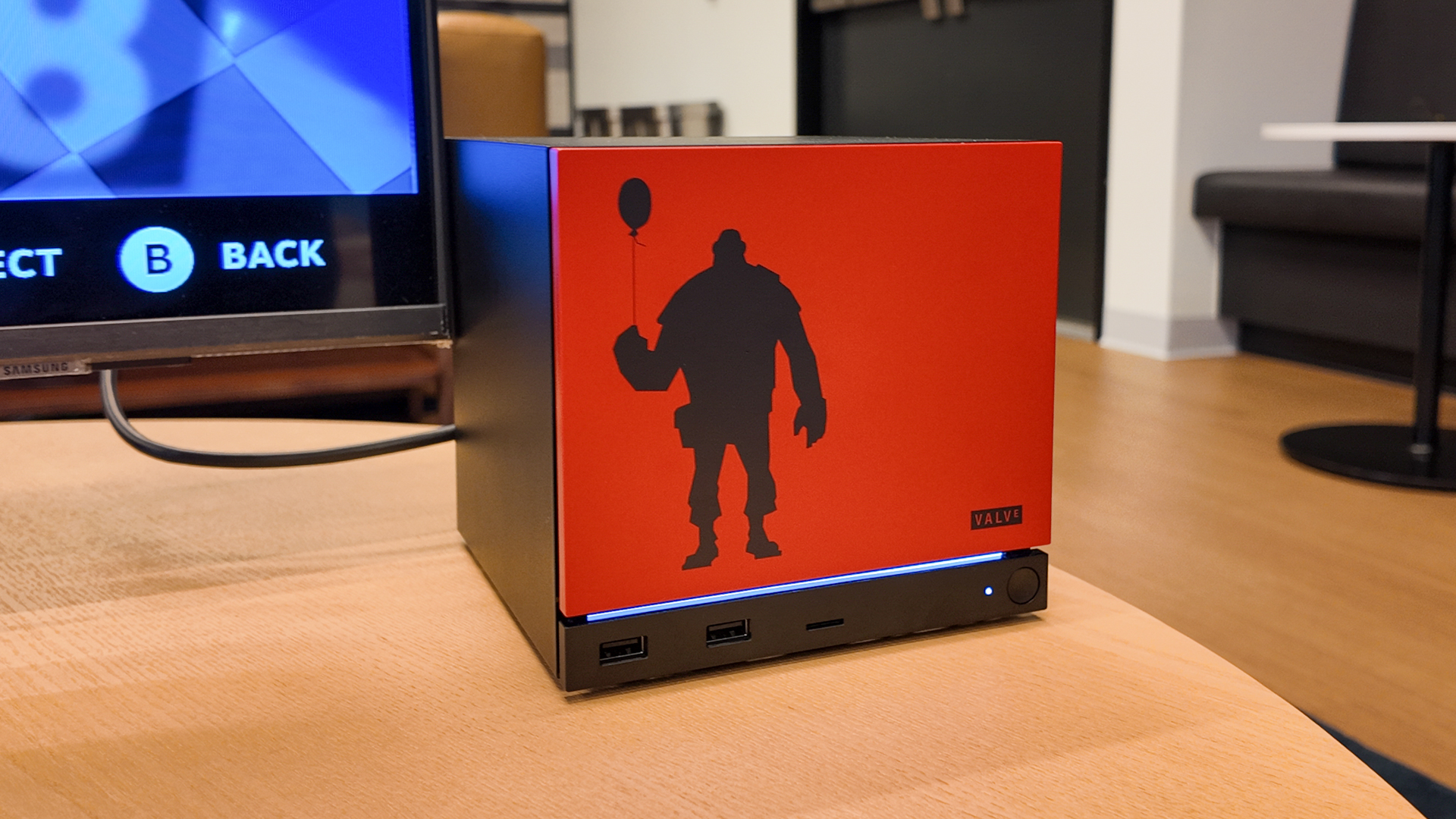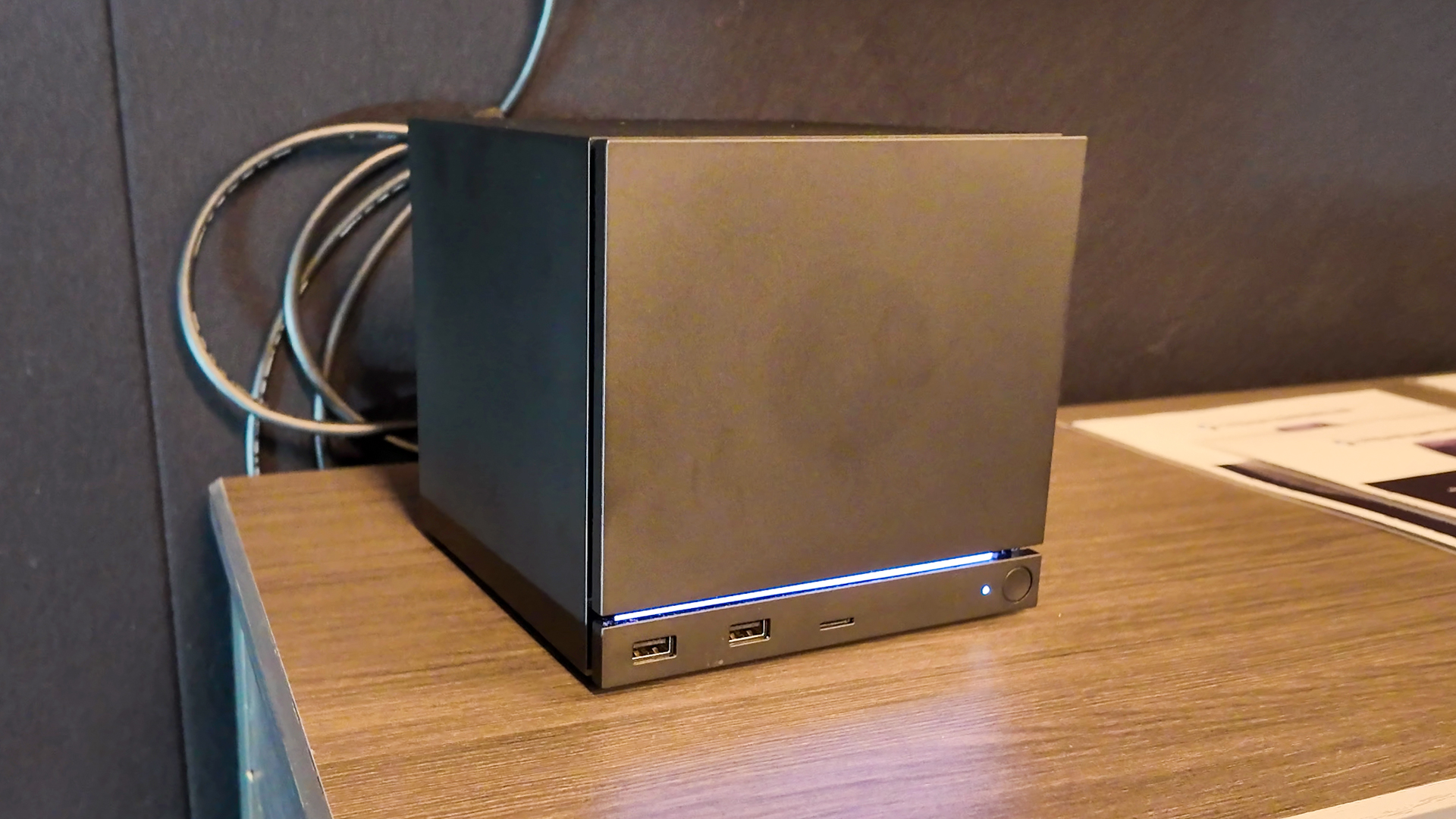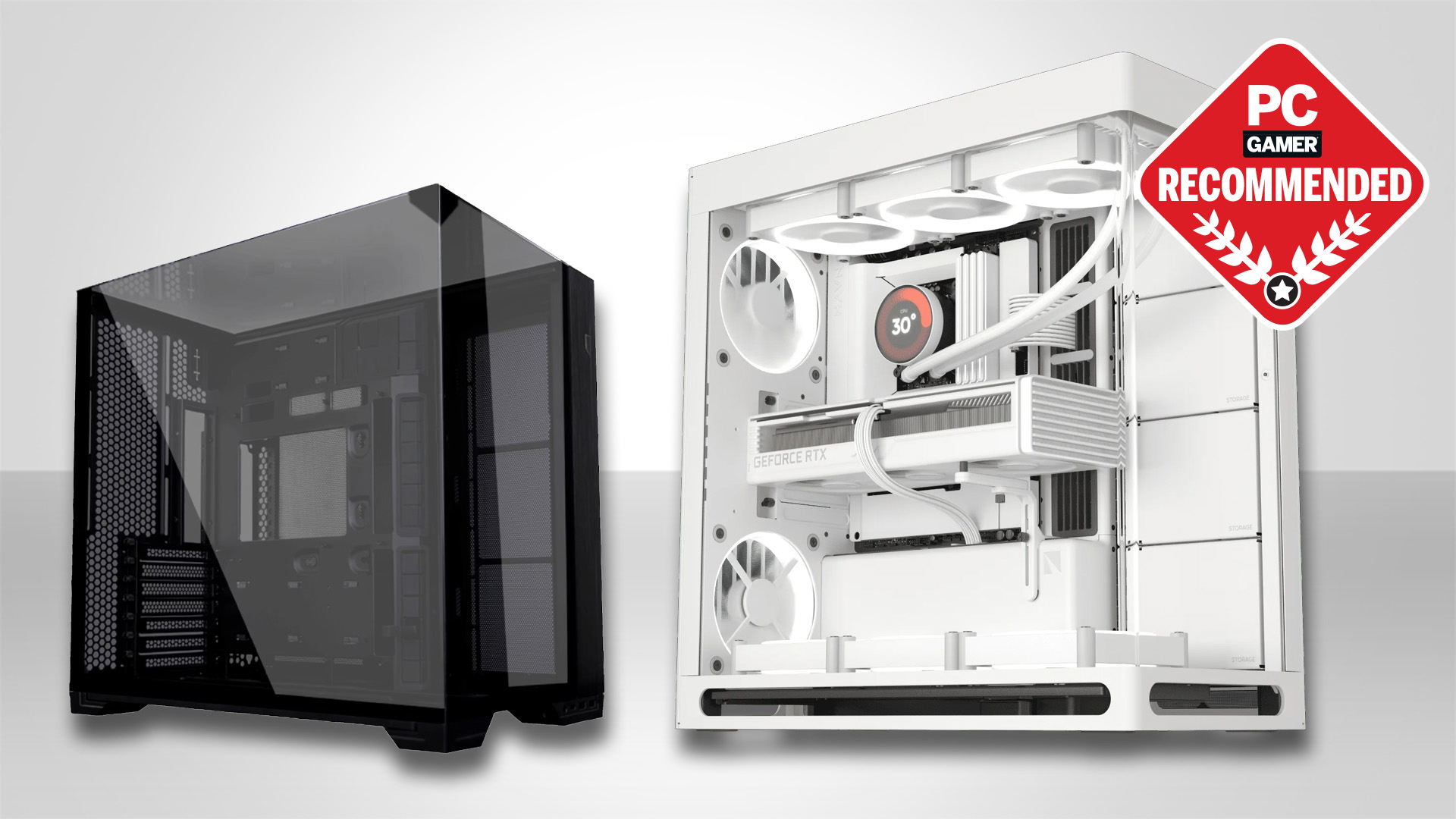
Valve's Steam Machine has been received generally quite well so far. Judging by online commentary, there's plenty of excitement for it, although pretty much everything of course rests on its pricing. But apart from the over-abundance of still-somehow-funny 'GabeCube' comments, what I've seen perhaps the most is people questioning why the Steam Machine has just 8 GB of VRAM.
It's not a new phenomenon; people have been complaining about graphics cards having just 8 GB of VRAM for years now. The problem really rose to the forefront with the RTX 4060 Ti, which initially launched with just 8 GB of VRAM to the chagrin of some. Nvidia then released a 16 GB version with a much higher price tag, which people also didn't like—many seemed to just want a 16 GB version with the 8 GB's price tag.
The complaint is that 8 GB of VRAM isn't enough for gaming in 2025 in many cases. And this much is true for at least some games to run at higher settings, such as Hogwarts Legacy and The Last of Us Part 1—this was resolved in The Last of Us Part 2, though. Even when games don't seem to be trying to use more than 8 GB of VRAM, that might be because they're choosing not to stream as many or higher-resolution textures, for example, meaning you're not getting the full graphical experience.
But on the other hand, there are plenty—and I mean plenty—of games that run well with just 8 GB of video memory, especially on restricted settings and lower resolutions. Not everything is about new games at max settings. I think there's a good argument to be made for 8 GB of VRAM being fine for a budget rig but not ideal for a mid-range build and especially not a high-end one.
And therein lies the question: What should we expect from the Steam Machine? Is it a budget gaming PC or something more? We, of course, won't know the full answer to this until pricing is released, but given its specs, I think 8 GB of VRAM makes sense.

We're talking about a GPU that seems to be something akin to the RX 7600M, a previous-gen mobile GPU with 28 compute units (CUs). That's fewer, older CUs than even the current-gen RX 9060 XT, which might I remind you also has an 8 GB variant with an MSRP of $300.
The RX 7600M's Navi 33 GPU has a 128-bit bus width, and we can expect the Steam Machine to have the same, which will make 16 GB of VRAM difficult. Assuming 2 GB memory modules are used, four of them can run across a 32-bit lane each, making for 8 GB total. We could ask for a bigger bus width, but this would require more physical space, ie, a bigger chip. Bigger chip equals more power, more money, etc.
Keep up to date with the most important stories and the best deals, as picked by the PC Gamer team.
The only way to get around this would be to run the memory modules in clamshell mode and have each 2 GB chip sharing a 32-bit lane with another chip on the underside. But the problem with that is we're talking a mini PC here with a single heatsink mounted on the top, and getting cooling to work on both chips either side of a PCB in clamshell mode would be very difficult and costly given the placement sandwiched between the power supply and heatsink.


Steam Frame: Valve's new wireless VR headset
Steam Machine: Compact living room gaming box
Steam Controller: A controller to replace your mouse
And then there's the simple matter of cost. Not only would increasing the VRAM increase the price (duh) but we're also in a time of increasing memory prices. And yes, the rising demand is primarily for regular DRAM memory, not video memory, but manufacturers will be diverting production from the latter to the former to keep up; it's all interrelated.
In other words, if we want 16 GB of VRAM in the Steam Machine, we'd have to bite the bullet and pay a premium for it, and that premium might be a lot more than we expect. There's already lots of pressure on Valve to make this Steam Machine cheap, given the precedent already set by the Steam Deck and questions over the new machine's performance. 8 GB of VRAM is a reasonable compromise to achieve a lower price, in my opinion.
Of course, I'll eat my words if Valve charges $700+ for the Steam Machine. Then it really won't be excusable to have such low specs, in my opinion. And I do think Valve should probably lay off the 4K marketing, whether they're talking FSR or not.
Valve claims the aim for the Steam Machine is 4K60 in any game with the help of upscaling, like AMD's FSR. However, rigs like this are usually thought of as 1080p machines—1440p at a push—and in these instances, 8 GB of VRAM is fine. The company's not doing itself any favours by laying heavy on the 4K use case, which is sure to be a struggle at times.

Best gaming PC 2025
All our current recommendations






Jacob got his hands on a gaming PC for the first time when he was about 12 years old. He swiftly realised the local PC repair store had ripped him off with his build and vowed never to let another soul build his rig again. With this vow, Jacob the hardware junkie was born. Since then, Jacob's led a double-life as part-hardware geek, part-philosophy nerd, first working as a Hardware Writer for PCGamesN in 2020, then working towards a PhD in Philosophy for a few years while freelancing on the side for sites such as TechRadar, Pocket-lint, and yours truly, PC Gamer. Eventually, he gave up the ruthless mercenary life to join the world's #1 PC Gaming site full-time. It's definitely not an ego thing, he assures us.
You must confirm your public display name before commenting
Please logout and then login again, you will then be prompted to enter your display name.


